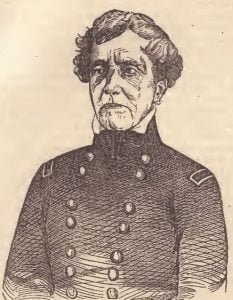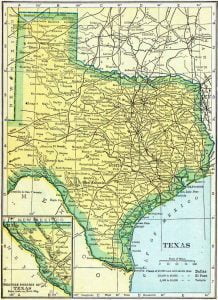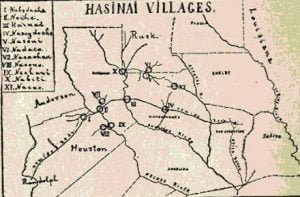Indian Hostilities in California and New Mexico – Indian Wars
In New Mexico, which became a part of the United States territory at the same time as California, the Indians are numerous and far more formidable than those farther west. The Apache Indians and Navajo Indians are the most powerful tribes west of the Mississippi. Being strong, active, and skillful, war is their delight, and they were the terror of the New Mexicans before the territory was occupied by the United States troops. The Pueblo Indians are among the best and most peaceable citizens of New Mexico. They, early after the Spanish conquest, embraced the forms of religion and the manners and customs of their then more civilized masters. The Pimos and Maricopos are peaceable tribes who cultivate the ground and endeavor to become good citizens. They are much exposed to the irresistible attacks of the Apache Indians and Navajo Indians, and, very often, the fruits of their honest toil become the plunder of those fierce wanderers.



